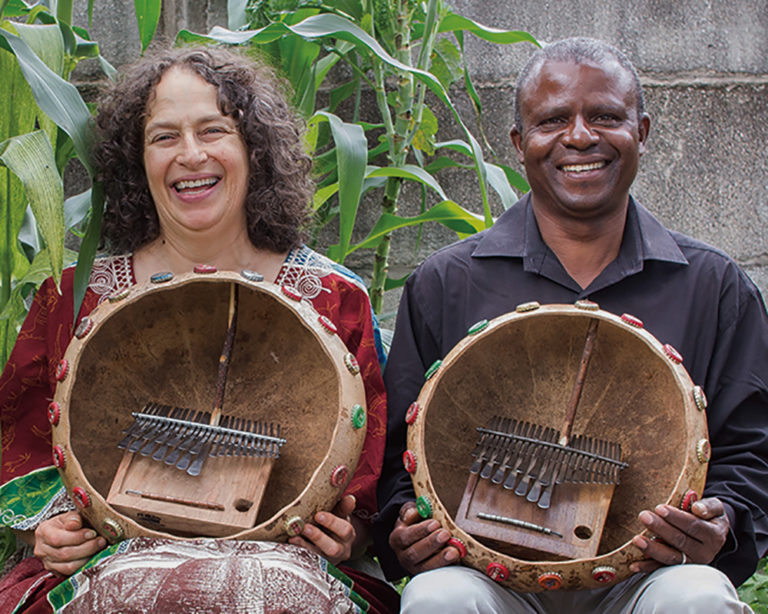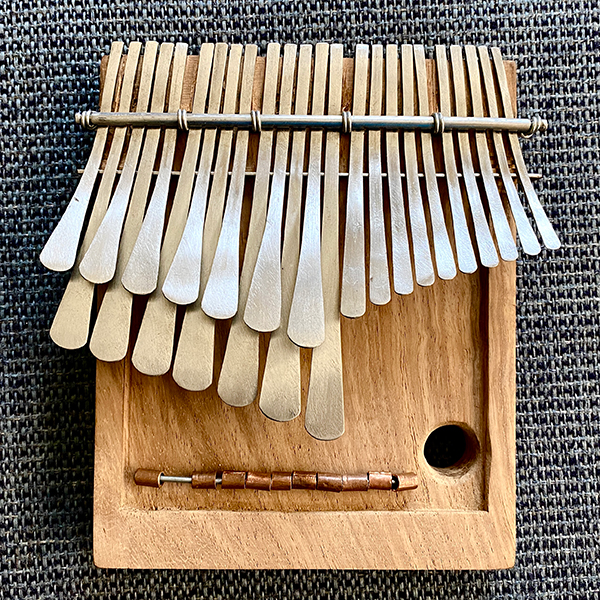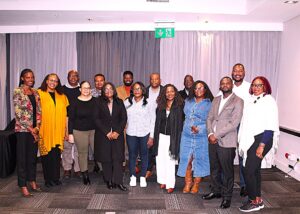Judah Maphosa Ndimande
PRETORIA, South Africa — Mbira music holds a deep cultural and spiritual significance in Zimbabwe, weaving together elements of history, tradition, and identity. Innocent Tinashe Mutero’s article, “Mbira Music and Spirituality in Zimbabwe: Learning the Living Tradition,” presents a personal and insightful exploration of how the mbira, particularly the nhare mbira, functions as more than just a musical instrument; it serves as a conduit for ancestral connection, spiritual engagement, and cultural continuity. This commentary explores the central themes of the article, focusing on the spiritual and religious controversies associated with mbira music, the distinctions between various types of mbiras, and the importance of oral transmission in maintaining this vibrant tradition.
The Spiritual Role of Mbira and Religious Tensions
Mutero’s personal anecdotes highlight the conflicting perspectives on mbira music within Zimbabwean society, particularly between traditional African spiritual beliefs and Christianity. The tension between African Traditional Religion (ATR) and Christianity is longstanding, often shaping people’s perceptions of indigenous musical traditions. The author’s encounter with VaMoyo, a traditional healer, underscores the spiritual reverence attributed to the nhare mbira. VaMoyo’s assertion that “you should play this mbira but on condition that we ask for guidance” reflects the belief that the nhare mbira is deeply tied to ancestral worship and should not be played casually or without spiritual permission.
However, this reverence for the mbira often clashes with Christian doctrines, which historically dismissed traditional African music and spirituality as pagan. The author’s mother, a member of an Apostolic sect, embodies this resistance when she forbids him from engaging in mbira lessons due to its perceived association with spirit possession. This highlights the broader issue of cultural suppression, where colonial-era religious teachings continue to shape attitudes toward indigenous traditions.

Despite these tensions, Mutero acknowledges that spiritual connection through music is not limited to ATR. His later experience with a spiritually gifted person from his mother’s church reveals that even within Christian frameworks, music can be a channel for divine communication. This perspective challenges the binary opposition often drawn between Christianity and ATR, suggesting that music, as an expressive and spiritual medium, transcends religious boundaries.
Nhare Mbira vs. Nyunga Nyunga Mbira: Purpose and Perception
A critical aspect of the article is the distinction between the nhare mbira (mbira dzevadzimu) and the nyunga nyunga mbira. The nhare mbira is traditionally associated with bira ceremonies, where it is used to invoke ancestral spirits. The metaphor of nhare (telephone) aptly captures its role as a spiritual medium facilitating communication between the living and the dead. These ceremonies serve not only as spiritual gatherings but also as vital spaces for cultural preservation, where oral traditions, dance, and storytelling converge.
In contrast, the nyunga nyunga mbira, with its origins in Mozambique and its introduction to Zimbabwe through Jeke Tapera, has taken on a more secular and educational function. The author notes that its structure and function differ significantly from the nhare mbira, as it is primarily used for teaching and entertainment rather than spiritual invocation. VaMoyo’s statement that “nyunga nyunga is for children” should not be taken literally; rather, it suggests that it lacks the spiritual gravitas of the nhare mbira. This distinction underscores how different mbira types serve different cultural and functional roles within Zimbabwean society.
The Role of Oral Transmission and Improvisation
Another key theme in the article is the transmission of mbira knowledge. Unlike Western classical music, which relies heavily on notation, mbira music is traditionally learnt by ear and through direct mentorship. Mutero acknowledges that while some players use number notation as a learning aid, this method is insufficient in capturing the rhythm and improvisational nature of mbira music.
The reiteration on oral transmission ensures that each performance is unique, shaped by the musician’s emotions and the communal atmosphere. This improvisational element is particularly important in spiritual contexts, where the energy of the moment dictates how the music flows. The reference to specific songs that guide spirit possession further highlights that mbira music is not just about technical proficiency but about understanding its deeper cultural and spiritual significance.
Modernization and Global Influence

While the article focuses on the traditional aspects of mbira, it also touches on how the instrument continues to evolve. The addition of more keys to the nyunga nyunga mbira, the growing presence of mbira in formal education, and the availability of online resources (such as YouTube tutorials) indicate that mbira is not a static tradition but a dynamic and adaptive one. Notable musicians like Chiwoniso Maraire and Hope Masike have introduced mbira to global audiences, blending it with contemporary genres and ensuring its continued relevance.
More from Africa News 24
Zimbabwe targets to make tourism a US$5 billion industry by 2030
However, as mbira music gains international recognition, there is also the challenge of maintaining its authenticity. The commercialization of mbira risks diluting its spiritual essence, particularly when it is removed from its cultural context and repackaged purely for entertainment. Thus, while modernisation can help preserve and popularise mbira music, it is crucial to ensure that its spiritual and cultural roots remain intact.
Conclusion: Mbira as a Living Tradition
Mutero’s reflections highlight mbira as a “living tradition,” a practice that is continuously shaped by historical, spiritual, and social forces. The article effectively illustrates how mbira music remains a powerful medium for cultural identity and spiritual connection, despite ongoing tensions between tradition and modernity, African spirituality, and Christianity. The dual nature of the mbira, both as a sacred instrument and as a form of entertainment, demonstrates its adaptability and enduring relevance.
Ultimately, mbira is more than just an instrument; it is a means of storytelling, a spiritual tool, and a bridge between generations. As Mutero ponders whether his own musical abilities could be passed down through dreams, he echoes a broader question about the legacy of African traditions in a rapidly changing world. In preserving and embracing mbira, Zimbabweans ensure that the wisdom and presence of their ancestors remain an integral part of their cultural and spiritual lives.












